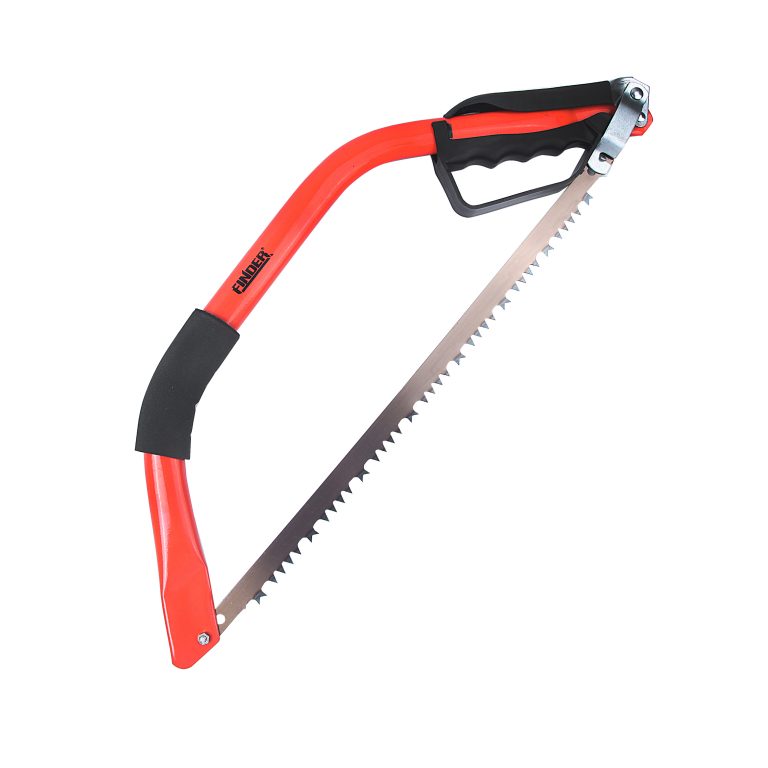Unveiling Bow Saw‘s Legacy
The bow saw, with its rich historical background, has been a versatile cutting tool used for a wide range of woodworking and outdoor applications. Exploring the past of the bow saw sheds light on its enduring relevance and practicality in various scenarios. Understanding the evolution of this tool provides insight into its adaptability and usefulness over time.

Evolution of Bow Saw Design
Traditional Design Features
- The traditional bow saw design comprises a slender, elongated blade held taut within a metal frame. This simplistic yet effective construction allows for precise and controlled cutting, particularly when navigating intricate patterns or curves in woodworking projects.
Modern Innovations
- In contrast, modern bow saws have undergone significant advancements to enhance their functionality and user experience. Ergonomic handles and lightweight materials have been integrated into the design, resulting in improved maneuverability and reduced user fatigue. Furthermore, innovations in blade materials and tensioning systems have bolstered the overall performance of bow saws, making them more versatile and efficient tools for various cutting tasks.
Innovative Upgrades: “The integration of ergonomic handles and lightweight materials has revolutionized the usability of modern bow saws, catering to the needs of both woodworking enthusiasts and outdoor enthusiasts alike.”
Versatile Bow Saw Uses
The bow saw, with its versatility, is a valuable tool for various applications, ranging from traditional woodworking to outdoor and survival scenarios. Let’s delve into the diverse uses of this practical cutting tool.
Woodworking Applications
- The bow saw is an essential tool in traditional woodworking, where it excels at cutting curves and intricate patterns with precision.
- Its adaptability allows for both rough and precision cuts, making it suitable for a wide range of woodworking projects.
Outdoor and Survival Scenarios
- In outdoor settings, the bow saw proves invaluable for cutting firewood and clearing trails, contributing to the maintenance of outdoor spaces.
- Due to its compact size and efficiency, the bow saw is a practical tool for survival situations where portability and functionality are paramount.
By seamlessly integrating these versatile uses into various settings, the bow saw continues to showcase its enduring relevance as a reliable cutting tool.
Blade Varieties for Bow Saw
Types of Blades
Bow saw blades are available in a variety of tooth patterns, each designed to suit different materials and cutting tasks. Understanding the unique characteristics of these blade types is crucial for optimizing cutting performance. Whether it’s for hardwood, softwood, or other materials, selecting the appropriate blade ensures efficient and precise cutting results.
Blade Maintenance
Regular maintenance is essential for extending the lifespan of bow saw blades. This includes sharpening the blades when necessary and storing them properly to prevent damage. Additionally, choosing the right blade for specific cutting applications not only enhances efficiency but also contributes to achieving accurate and clean cuts. By prioritizing blade maintenance and selection, users can ensure that their bow saw remains a reliable and effective tool for various cutting needs.
Maintaining Bow Saw Blades
Sharpening Techniques
When it comes to maintaining the sharpness of bow saw blades, employing proper sharpening techniques is crucial. This includes methods such as filing and honing, which help to retain the blade’s cutting edge. Regular inspection and upkeep of the blade teeth are also essential to prevent dullness and ensure consistent cutting performance. By incorporating these sharpening practices into a regular maintenance routine, users can optimize the cutting efficiency and longevity of their bow saw blades.
Safety Measures
Adhering to safety guidelines during blade maintenance is paramount for injury prevention and overall well-being. It is imperative to wear protective gloves and eye gear when handling the blades to minimize the risk of accidents. Additionally, ensuring proper blade tensioning and alignment not only contributes to safe operation but also enhances the effectiveness of the bow saw. Prioritizing safety measures in conjunction with maintenance routines ensures that both the user and the equipment remain safeguarded during blade care and upkeep.
Bow Saw: Timeless Tool
The bow saw stands as a timeless tool, seamlessly connecting traditional woodworking practices with the modern demands of outdoor and survival needs. Its adaptability, coupled with ease of maintenance, renders it an indispensable cutting tool for various applications. Delving into the history and uses of the bow saw illuminates its enduring relevance and practicality across diverse settings.
